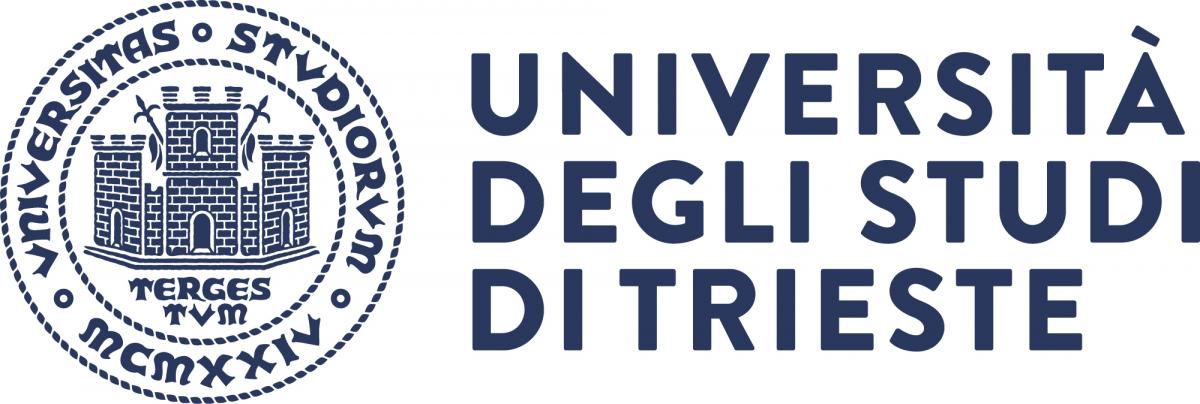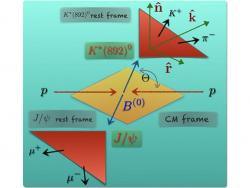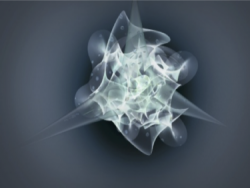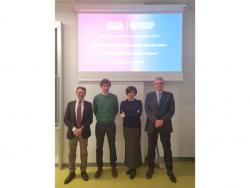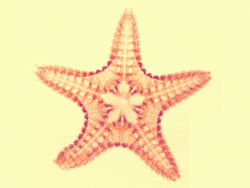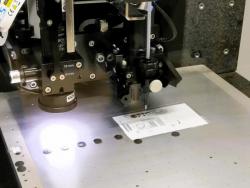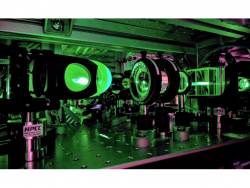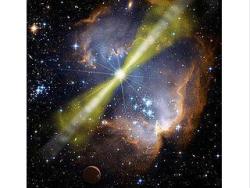Particles, Astroparticles and Gravitational Waves
Particle physics (with accelerators)
The Standard Model (SM), which describes matter in terms of quarks and leptons and their fundamental interactions is successful and well established. There are good reasons, both experimental and theoretical, to test it further, in a search for "new physics" beyond the SM. Investigating the microscopic properties of high energy matter also opens a window on the macroscopic evolution of the universe. Members of the Department of Physics contribute to both theoretical and experimental studies in international collaborations, at CERN (Geneva, Switzerland), SLAC (Stanford, USA), FermiLab (USA), and at the National Laboratories of the INFN (Istituto Nazionale di Fisica Nucleare). Experiments are designed and carried out in close collaboration with the researchers and technical services of the Istituto Nazionale di Fisica Nucleare (INFN), Sezione di Trieste.
Astroparticle physics (cosmic gamma rays and gravitational waves)
Cosmic gamma rays and gravitational waves bring new "messages from the sky", essential informations on astrophysical processes and the physics of the deep Universe. Together with neutrinos and electromagnetic radiation like X-rays, visible radiation, infrared and radio waves, these new messengers provide a new and more complete understanding of cosmic objects. The researchers of the Physics Department collaborate with large international initiatives, like Fermi and CTA in the field of cosmic gamma rays, and Virgo in the field of gravitational waves.
Research Strands and Groups
| Research Strand | Gruppo di ricerca | Head |
|---|---|---|
| Particles | Heavy Ions at Ultra-Relativistic Energies at LHC: ALICE | Stefano Piano (INFN) |
| Particles | Particle Physics at the Large Hadron Collider: CMS at CERN | Giuseppe Della Ricca |
| Particles | Nucleon Spin Structure: COMPASS at CERN | Anna Martin |
| Particles | Discovery at the intensity frontier: Belle II | Lorenzo Vitale |
| Particles | The Dark Sector beyond the Standard Model: Muon G-2, MUonE and KWISP | Giovanni Cantatore |
| Astroparticles | High-Energy Gamma Astrophysics: AGILE, FERMI, MAGIC, eASTROGAM and CTA | Francesco Longo |
| Nuclear Physics | n_TOF Experiment | Paolo Maria Milazzo (INFN) |
| Gravitational Waves | Virgo – European Gravitational Observatory | Edoardo Milotti |

